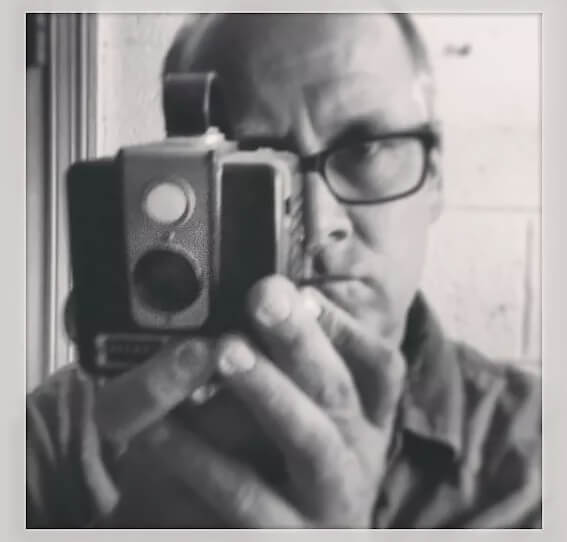Darin Back is mostly known by his stark black and white portraits he's been shooting since 1992. He started his career in the early 1990's after a small photography trade school, he left early to work as an assistant. He spent two years assisting in Minneapolis, a modeling season (1991-1992) in Miami assisting photographers for German Vogue, Italian Vogue. Eventually he went west to Los Angeles (1993-1995) to assist with Greg Gorman, Dewey Nicks for a few years. After working on his first advertising commercial he met Lori Goldstein, the stylist for photographer Annie Leibovitz. After a few assignments with Annie, he headed back to Minnesota for 12 years (2001-2013). During that time he was represented by Redux Pictures from 2009-2014. Darin headed east and north to Maine (2013-14), lived in a train caboose for a year, trying to find some much needed rest and inspiration. He finally made his way back home to Florida where he continues to shoot portraits, live on the beach and travel.
He won 2nd place in the "Single Series Image" published April 1, 2020 in
Lensculture